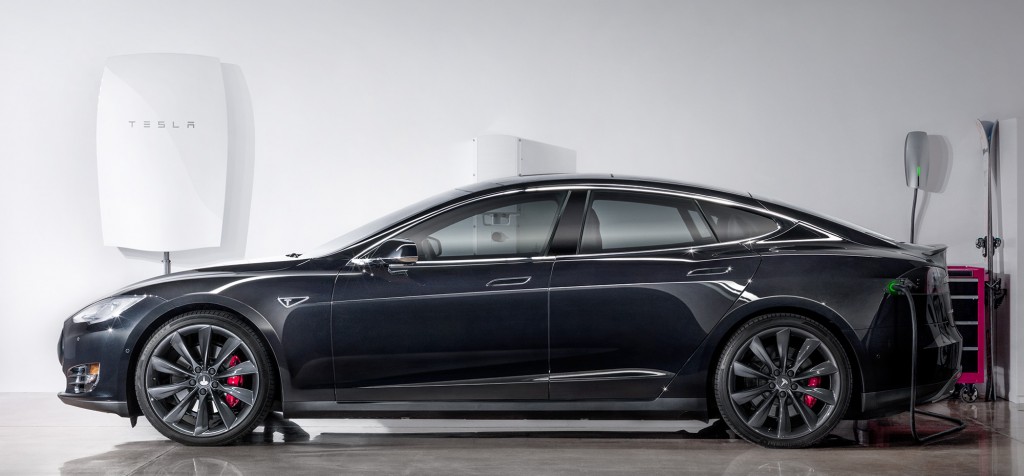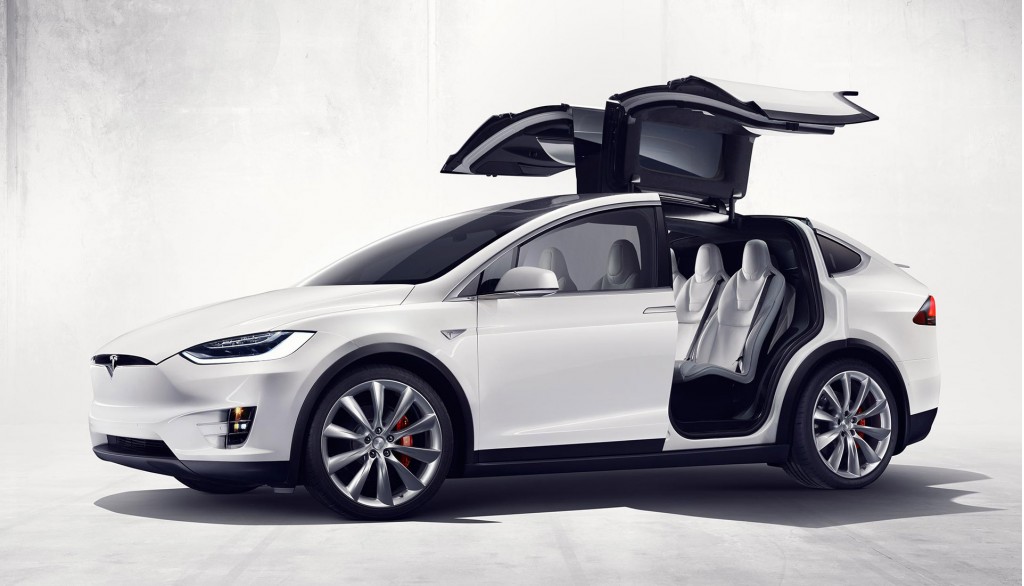Tesla Motors [NSDQ:TSLA] CEO Elon Musk on Wednesday revealed an overarching strategy that lays out the electric car company’s plans for the coming decade.
It is the second time Tesla has released such a strategy, which the company calls a Master Plan, and while it serves as a handy distraction from the current woes surrounding an Autopilot death, missed production targets, quality issues and some serious cash outflows, it does provide an interesting and somewhat surprising view of where Tesla is headed.
The original Master Plan was announced almost exactly 10 years ago and laid out plans for the Roadster, Model S, Model 3 and zero-emission power generation products. With its recent moves to acquire SolarCity, Tesla is close to completing its original stated goals.
Part two of Tesla’s Master Plan can also be broken down into four main goals. They include offering solar panels and battery storage for the home, launching electric vehicles in all major segments, developing extremely safe autonomous technology, and creating a system where a car can generate income when not in use by its owner. Below is a more detailed description of each goal.

Tesla Powerwall Home Battery
Integrate energy generation and storage: Tesla is already well underway in achieving this goal. With the successful acquisition of SolarCity, Tesla will be able to provide customers with a one-stop shop for home energy generation and storage. Solar panels will collect the energy which can then be stored in Tesla’s Powerwall.
Expand to cover the major forms of terrestrial transport: This is probably the most surprisingly element of Tesla’s latest Master Plan. Tesla says that to really convince the world that electric power is the way to go, the company needs to drastically scale up the volume of electric vehicles it builds—and that means entering high-volume segments. Tesla says this will mean entering commercial vehicle segments including semi and pickup truck segments as well as buses, and the company could be ready to unveil some concepts as early as next year.
Autonomy: Despite the recent Autopilot death, Tesla still sees its autonomous technology, which is still in a beta phase, as being safer than a human based on the number of deaths per miles driven. As the technology matures, Tesla sees its Autopilot system becoming much safer. Tesla’s stated goal in its Master Plan is to develop an autonomous system that is 10 times safer than a human.
Even once the software is highly refined and far better than the average human driver, there will still be a significant time gap, varying widely by jurisdiction, before true self-driving is approved by regulators, according to Tesla. The company expects worldwide regulatory approval will require something on the order of 6 billion miles to be completed. Current fleet learning is happening at just over 3 million miles per day, the company says.
Sharing: The last goal of the Master Plan involves taking advantage of the previous three to help you generate income. When true self-driving is approved by regulators, Tesla says cars will be able to travel without a human onboard. It means that when you are not using your car, you can add it to a shared Tesla fleet so that others, for a small fee, can use it for rides. Tesla predicts that this would lower the cost of ownership so that more people could potentially own one of the cars.
In cities where demand exceeds the supply of customer-owned cars, Tesla plans to operate its own fleet, suggesting that you wouldn’t even need to own a car. Of course, Tesla is not alone in this thinking. Most of the major automakers, ride-sharing firms and tech firms are also making moves to offer autonomous ride-sharing.

2016 Tesla Model X
While it’s easy to get carried away with Tesla’s grandiose plans for the future, the earlier stated woes afflicting the company shouldn’t be overlooked. Furthermore, Tesla has repeatedly missed deadlines and it doesn’t appear the situation will be changing anytime soon. Recall, Tesla has a goal of building 500,000 cars by 2018, up from just 50,658 in 2015, and the company is already behind its goal for 2016, with its second-quarter deliveries target missed by about 2,600 cars and its 80,000 to 90,000 unit target for the year likely to be missed as well. Couple this with the fact that many established automakers are racing to offer rival products and it’s easy to see why many are skeptical of Tesla’s latest Master Plan.
